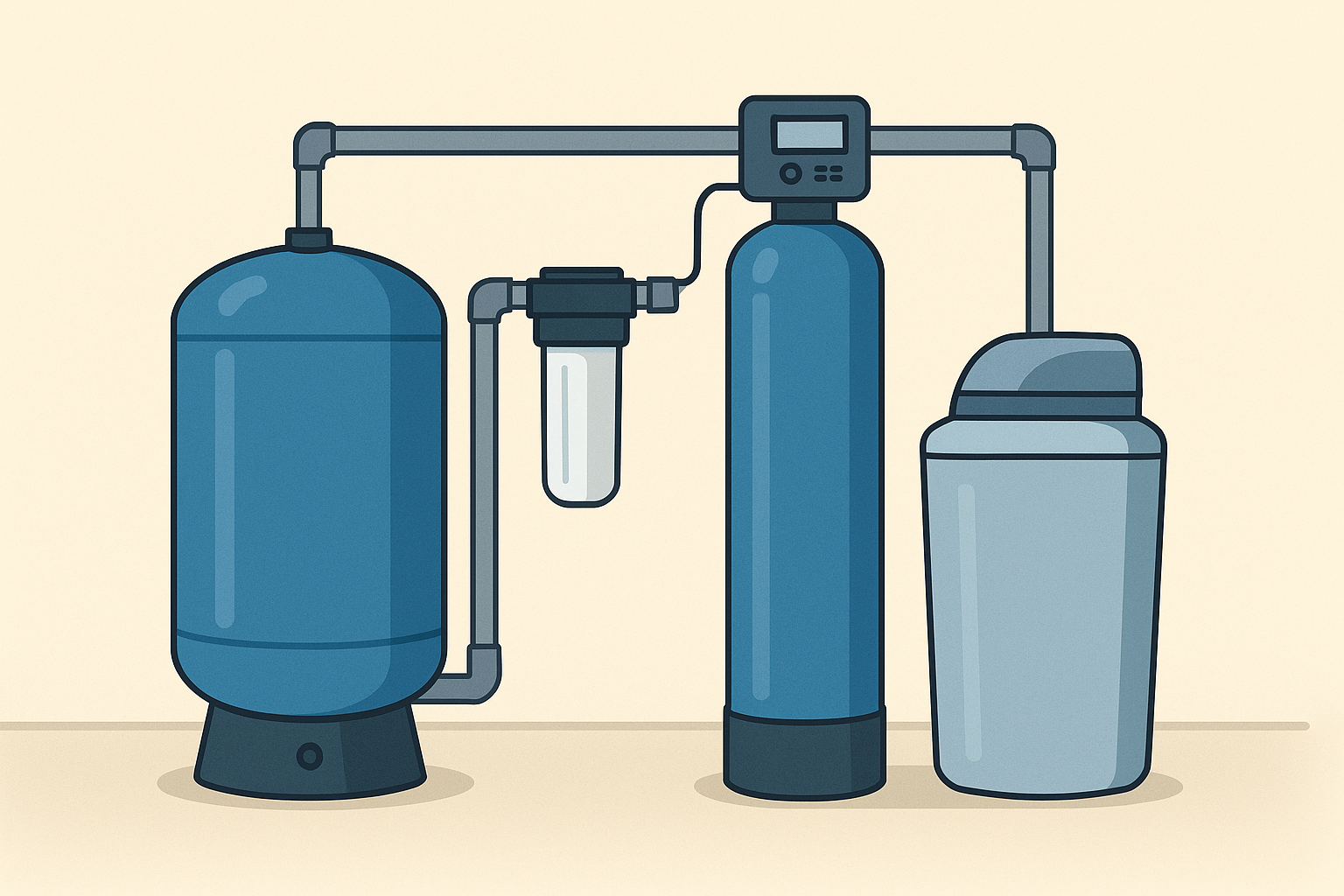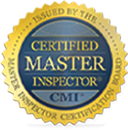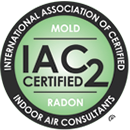Understanding Plumbing Ventilation
When most homeowners think about plumbing, they imagine pipes that carry water away—not the hidden network of pipes that allow air in. But the ventilation side of your home’s Drain-Waste-Vent (DWV) system is nearly as important as the drains themselves. Without proper venting, sinks gurgle, tubs drain slowly, sewer gases enter living spaces, and the entire system struggles to operate safely and efficiently.
Here’s what homeowners should know about plumbing ventilation, why older homes often struggle without it, and how an inadequate system can be upgraded.
What Does a Plumbing Vent System Do?
A well-designed vent system quietly does some of the most important work in a home’s plumbing. As wastewater moves through the drain lines, it naturally creates negative pressure. Without a way for fresh air to enter the system, that pressure can siphon water out of P-traps—the small “U-shaped” sections of pipe that act as a barrier between your living space and the sewer. Proper ventilation keeps this suction in check, preserving the protective water seal.
Venting also helps drains work the way they should. By giving wastewater a place to push displaced air, vents prevent the system from fighting against pockets of trapped air. The result is smoother, faster drainage with fewer clogs and none of the gurgling or bubbling noises that signal pressure problems.
Another essential role of the vent system is directing sewer gases safely outside. These gases contain methane, hydrogen sulfide, and other compounds you definitely don’t want circulating indoors. Vents carry them up and out above the roofline, where they can disperse harmlessly.
Ventilation Issues Common in Older Homes
Many older homes—especially those built before modern plumbing codes—were never designed with the venting capacity we expect today. Even homes from the 1950s through the 1980s often have inadequate or entirely missing vent systems. During inspections, several issues tend to come up again and again.
A common one is the lack of dedicated vent pipes. Older houses often relied on “wet venting,” where a single pipe served as both drain and vent. While limited wet venting is still allowed, early versions rarely meet today’s performance standards.
We also frequently see what are known as "s"-traps. Unlike a modern p-trap with a dedicated vertical vent, s-traps have no independent vent, resulting in siphonage and sewer odors entering the living space.
Improperly terminated vents are another recurring issue. Some older or DIY systems route vent pipes into attics or under eaves instead of through the roof, allowing sewer gases to potentially enter the home or create mold issues.
Air admittance valves (AAVs) can also be problematic when used incorrectly. Many older installations are inaccessible, have worn-out diaphragms, or were used where a true vent was required.
How Homeowners Can Spot Vent Problems
While diagnosis should ultimately be done by a licensed plumber or inspector, homeowners can watch for the following red flags:
- Gurgling sounds after drainage
- Slow draining sinks, tubs, or showers
- Sewer odors near fixtures
- Bubbles rising in toilets when other fixtures drain
- Frequent trap siphoning in rarely used bathrooms
- Older trap orientations such as s-traps
If any of these appear, there’s a good chance the vent system is undersized, obstructed, or improperly configured.
The ventilation side of a DWV system is often overlooked—but it is essential to a healthy, functional home. Many older houses in Montana were built before modern venting requirements and may struggle with drainage performance, odors, or pressure issues.
Upgrading the vent system not only improves home safety—it also boosts long-term plumbing reliability and reduces the chance of major drain failures.
If you’re unsure about the condition of your home’s plumbing vents, a qualified home inspector or licensed plumber can evaluate the system and recommend the right upgrades.








